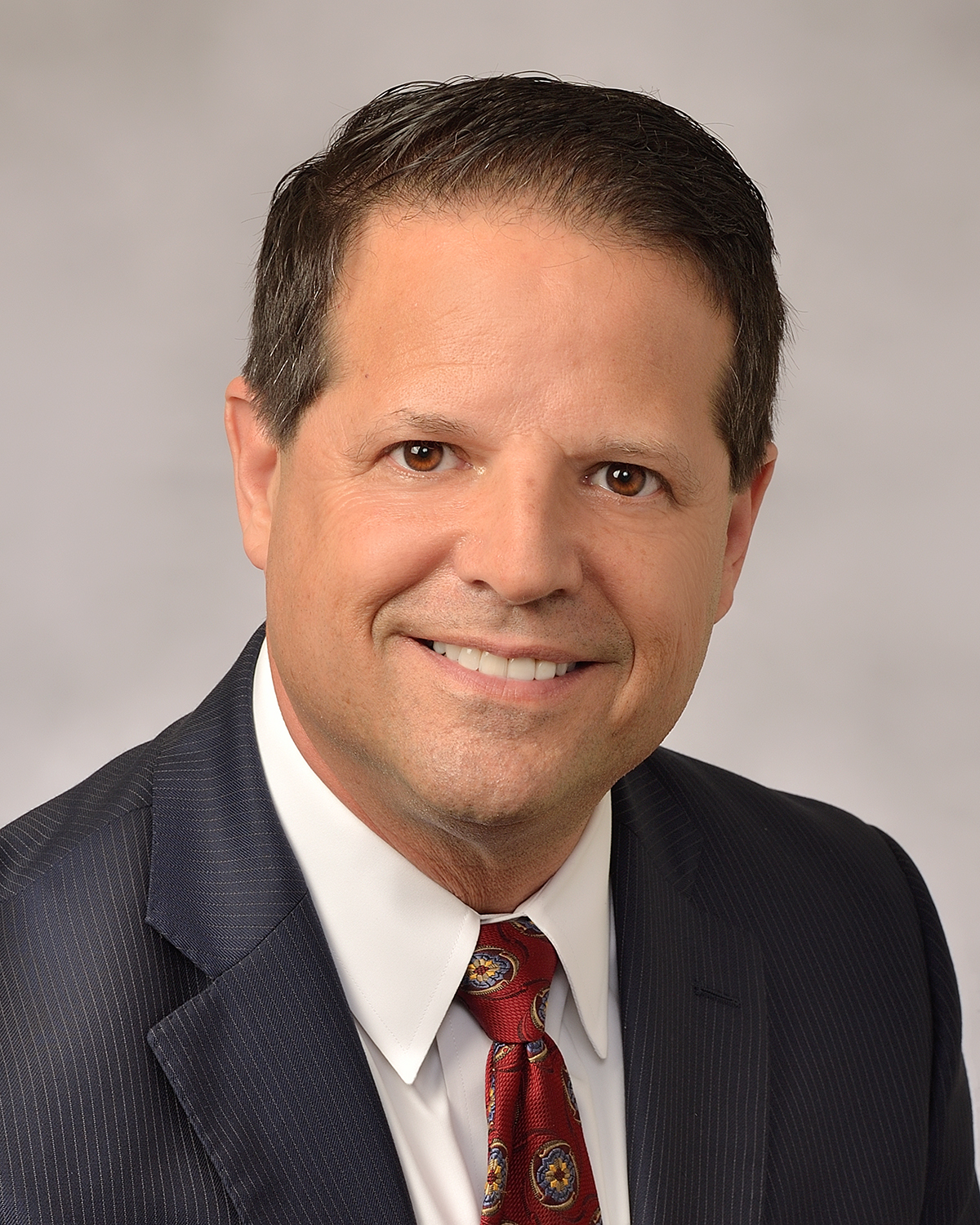In this special to Lifestyle Media Group, Andrew J. Rader, Esq., of Cutler Rader offers insights on how Florida’s telemedicine laws may affect lives during the COVID-19 pandemic. For more on Cutler Rader, which has locations in Deerfield Beach, Coconut Creek and Coral Springs, visit the website or call 954.913.2273.
Only a couple of months ago we wrote about Florida’s new telemedicine law. We warned patients to be careful. Telemedicine, because it does not afford doctors with hands-on diagnostic tools, is simply not as good as in-person medicine. However, in some circumstances it can be fine, and our quarantining has made telemedicine not just an option, but essential.
Today, we sit in our homes and look at a screen. We work, socialize and communicate via Zoom. We are prisoners of Corona, unable to leave our homes for any but the most compelling reason. Visiting our doctors is no exception; we visit by video not only because of our quarantine, but also for fear that we’ll contract the virus while at our doctor’s office.
So what are we learning? We’re learning that in some situations telemedicine is a viable option. Mental health counseling is an excellent example. Your doctor can speak to you and, more importantly, eyeball you. She can see your distress, your reactions and make almost (because the camera angle is never quite right) direct eye contact.
We’re learning that much can be accomplished without taking the time to travel to the office, sit in a waiting room waiting for a doctor, and remaining in the safety of our home. Well-controlled chronic conditions, easy refills (such as a UTI that needs a prescription for the 10th time), or a conversation about lab results, for which an office visit takes 15 minutes for the doctor but two hours for the patient, can be accomplished during the wash cycle of a load of laundry.
Still, we must be wary. As we said earlier, this is a slippery slope, for convenient medicine isn’t necessarily good medicine. Before we get too comfortable with Zoom-Medicine, we should look at some of the downsides. For example, this is a cash boon to insurance companies. Because telemedicine is far cheaper for insurance companies, insurers can now (1) significantly reduce their rosters of local participating providers, thereby reducing the number of local doctors available to see patients live; (2) make it more difficult to see a doctor in person, and, yes, (3) charge you more for a visit with a live doctor.
From a treatment standpoint, many ailments are likely to fall through the cracks and people will suffer as a result. Some illnesses at a quick glance look like one ailment but are really another. Andrew Rader, an attorney at Cutler Rader who represents people and families injured by medical malpractice, poses the following scenario:
You have an ache in your belly. Through telemedicine, you see a doctor who is licensed in South Dakota. He tells you not to worry about it, he’s pretty sure it’s just gas. Then, you ask yourself this: “How far do you think your South Dakota doctor will go to confirm a diagnosis that he is “pretty sure” is correct. He may not even tell you of other possible causes of your belly pain, but unlike a live doctor he cannot rule out those other possible causes because he cannot feel your belly. Thinking practically, then ask yourself if you think he is likely to tell you to go in to see a live doctor who can feel your belly at the expense of the insurance company that is paying his salary. After all, this South Dakota doctor is “pretty sure” you have gas but has no personal relationship to you. He may have a doctor-patient relationship under the law, but that’s it. And even though he’s “pretty sure” of his diagnosis, he’s not as sure as he would be if he could palpate (feel) you. So, out of convenience and because most of the time these complaints wind up being gas, he tells you not to worry about it. Unfortunately for you, you have a ruptured appendix which may be deadly. Too bad for you.
Rader’s illustration demonstrates the gray zone where telemedicine increases the potential for medical malpractice with potentially fatal consequences because it condones the practice of bad medicine. “The doctor is not making a diagnosis based on all available information. He’s making it based on the information that is available to him thousands of miles away. If he were local, he’d palpate the abdomen, have all the necessary information and send you immediately to the hospital.”
Rader warns, “nor should you be consoled that the new law allows malpractice suits to be filed in your county or that the tele-provider has to follow Florida medical liability insurance requirements. Florida’s laws ensuring that doctors carry sufficient malpractice insurance to cover their errors are laughable. Many doctors carry no insurance and even though they are required to be able to satisfy a judgment, the State of Florida rarely enforces that requirement and the doctors’ personal assets are usually well protected from you, the victim. So, your South Dakota doctor is not only miles away in another jurisdiction, but he also has no insurance and is judgement proof. You’re out of luck because your legislature did not see fit to protect you.
The lesson, according to Rader, is that you need to be very careful of when you see a tele-provider. It can be very convenient, but it can also be deadly.















